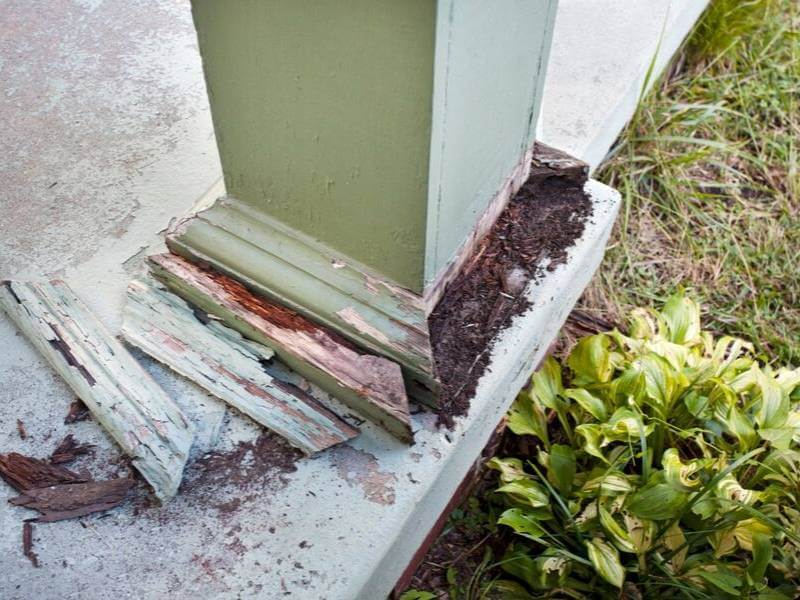Any expert knows that there are few more efficient ways to add value to your home than to repaint it. From windows to kitchens to bathrooms, most parts of your home will frequently benefit from a nice new coat of paint.
It’s tempting to take a conservative stance on when to repaint. However, if your last paint job seems like it was just done recently and there’s no drastic damage you might think it needs no attention. Taking this approach to repainting is rarely the right move.
Furthermore, to get the most out of your home, prioritize tasks that add value such as painting. With that in mind, perhaps you’ll decide to repaint sooner than you think. We’ve listed some bests practices below so keep reading to learn more.
Reasons to Repaint Your Home More Frequently
Repainting Adds Value

A fresh coat of paint doesn’t only up the appeal of your walls; it also amplifies everything else around it. Interestingly, repainting is commonly cited as a way to raise your home’s value. In fact, Zillow did a study that found that certain paint colors put thousands of dollars in your pocket when you sell your home.
Grey front door — $1,514
Brown living room — $1,809
Blue bathroom — $5,440
It’s not just a matter of making your house look better. Repainting your home more often also has other tangible impacts.
Other Protection from Paint
It might not be immediately obvious, but there is a correlation between how often you repaint your home and how protected it is from other types of damage.
Paint shields your home from rot. Peeling paint leaves space for moisture to soak into the wood which causes making the wood rotten. Not only is rot unsightly, but it also threatens the structural foundation of your home. Of course, a new paint job will preemptively eliminate this issue.

If your house is made of stucco, natural wear and tear might find it crumbling. A new paint job protects against harsh weather conditions.
Termites and mildew are also less likely to damage your home with the application of fresh paint. We all know the nightmare that happens when termites gnaw on wood. As for mildew, the fungi leads to all types of health scares, particularly respiratory issues.
Seasons Change
Certain seasons lend themselves better than others to new paint jobs. The best time to start a repainting project is the first few days of spring. At that time, you aren’t stunted by the cold and unpredictable winter but still can reap the benefits of cool weather before it gets swelteringly hot.
The decision to repaint is one you need to make with both safety and aesthetics in mind. Poorly maintained homes are hotbeds for natural deterioration. In the case of lead paint, deterioration in older housing is one of the primary causes of lead poisoning.
If you wait through the spring, it gets harder to do anything about this problem. So jump on that Spring cleaning window of opportunity or wait until Autumn when it’s cooled off but not too hot or cold.
You Might Be Missing Something

Unless you’re constantly on the lookout or something unavoidable comes up, there’s a chance you have no idea if anything needs repairing, or if a bigger problem is right around the corner.
That’s the time to stop and take a deep, long look at your walls. Even if spots and cracks are not immediately apparent to the naked eye, they might be symptomatic of a larger issue. When you spot a chip, take remedial action right away.
Follow these tips for a home that is safe from rot and other damages from old paint. We invite you to let us know in the comments below how frequently you think it’s necessary to repaint your home. You’ll also find some other interesting links below for your further enjoyment!
All Images Courtesy of Canva.
Other Posts You Might Enjoy:
7 Important Things to Know Before You Pick Up a Paintbrush
Designer, Patricia Davis Brown Talks About Painting Walls with Precision





